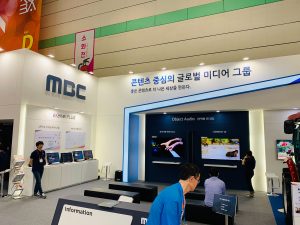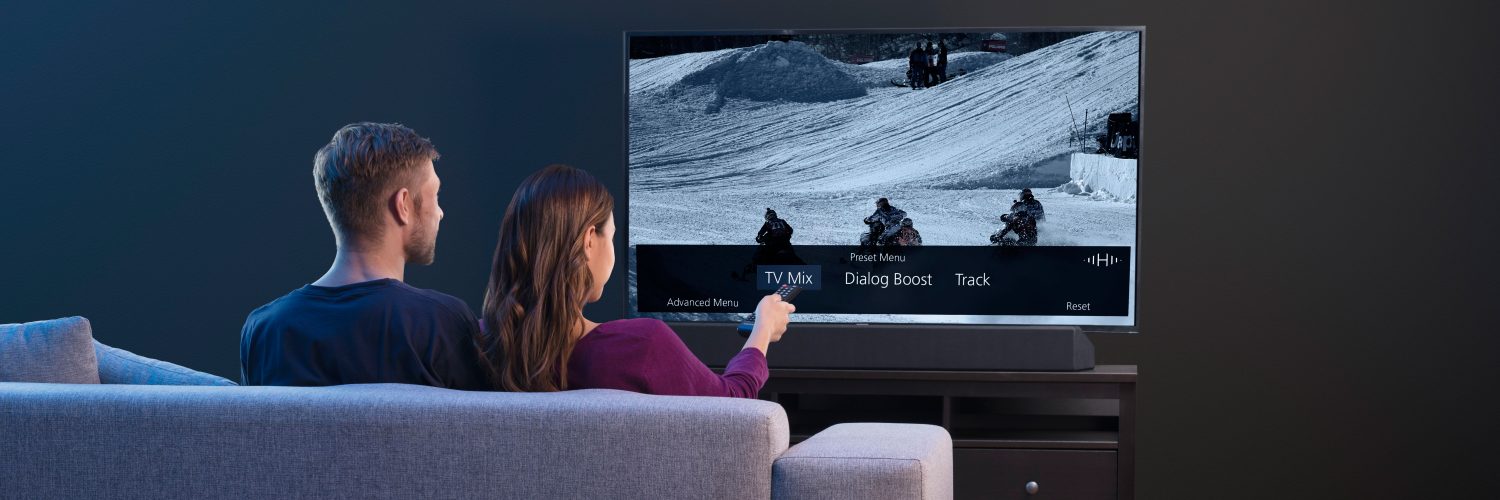For the broadcast industry in South Korea, 2017 was an important year. South Korea became the world’s first country to launch a terrestrial UHD TV system based on the ATSC 3.0 standard. The new service not only introduced UHD resolution on the video side, but also significant innovations for audio, as MPEG-H Audio, a next generation audio codec, had been selected for the South Korean system.
Besides the traditional representation of audio as channels, MPEG-H Audio offers also the option to use audio objects and scene-based audio, as well as any combination of these three formats. With these new capabilities, MPEG-H Audio offers consumers immersive audio and interactive features. While immersive audio enhances the user experience by better involving users in the audio scene, the interactive features allow consumers for the first time ever to personalize the audio according to their needs. By using audio objects for certain parts of the audio scene, the broadcaster can allow consumers to change the properties of these audio objects. One typical use case would be to transmit the dialogue as an audio object and let users change the volume of the dialogue in relation to the ambient sound. This feature, called Dialogue Enhancement, shows a very high ranking in user acceptance when demonstrated to potential users during studies. It enables consumers to adapt the audio mix to their personal hearing capabilities but also to the listening environment. Another use case would be to offer a selection of different commentaries during a sports event, such as a “home team” and an “away team” commentary for a football or baseball match, allowing consumers to pick their preferred commentary – or even choose to hear just the live stadium atmosphere without any commentary at all. The use of objects enables a very bit rate-efficient way of transmitting different languages, by using an audio object for each language and for example a channel-based representation for the ambient sound. That way, the ambient sound need only be transmitted once and not for each language. Especially in the case of surround or immersive audio programs, the bit rate saving is high.
Accessibility features are another topic that is easier to address using audio objects. For instance, the audio description channel for visually impaired persons can now be an object that is added to the final audio mix at the receiving end. This enables users to move the audio description to the side where the person needing the audio description normally sits. It also allows advanced TV sets to offer two different audio outputs, one for the main speakers without audio description, and one over headphones with audio description.
The biggest challenge for MPEG-H Audio playback is making these interactive features user-friendly and easily accessible. To this end, the MPEG-H Audio system comes with two levels of interaction. The first level includes a broadcaster-defined set of presets offering a selection of useful alternatives to the original mix. These may include raised dialogue volume, access to a different sports commentator, or the isolated stadium atmosphere. The second level allows users to fine-tune the various objects they can individually access. The extent to which users can manipulate the mix is determined by the content provider and defined using metadata.

With the new 2019 models from TV makers, the new interactivity features are now available – enabling broadcasters to enhance their offering for the users. MBC demonstrates these new features at Koba 2019, allowing visitors to get first-hand experience of the next step in the future of TV. The demo can be regarded as a preview of the features to be introduced by MBC in its regular broadcasts in the coming months. Once again, South Korea will be the first country worldwide to offer such a service for TV viewers.
Header image © Fraunhofer IIS/Viaframe
This post is also available in: 한국어

